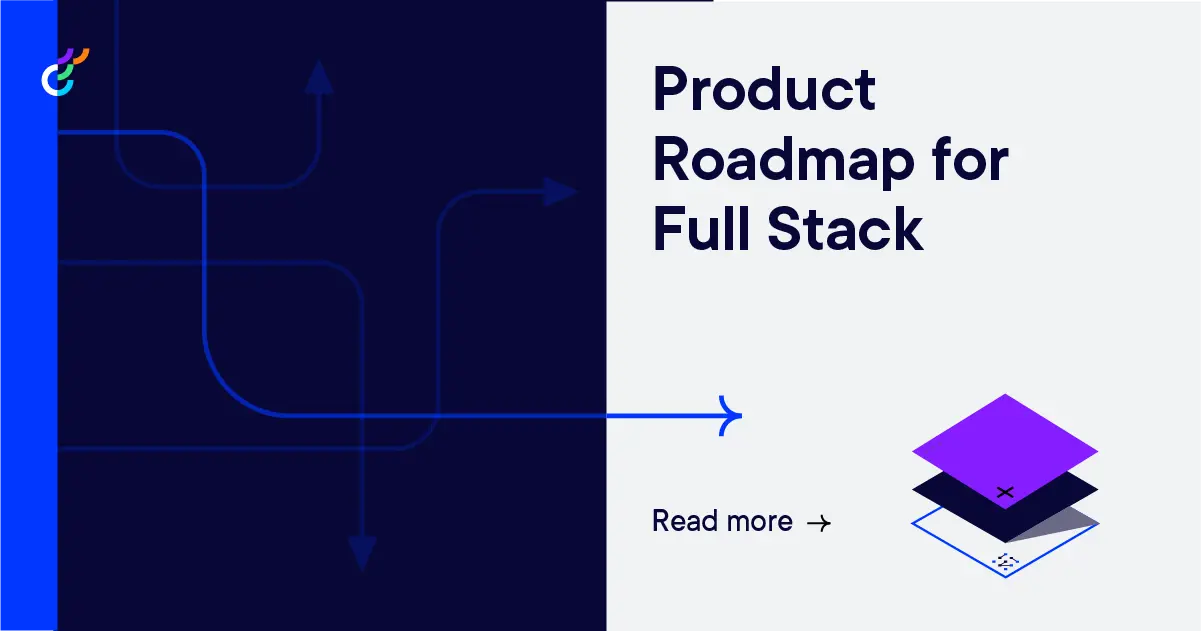The server-side experimentation product roadmap

Justin Anovick

Over the past year, we've invested in making Full Stack faster, more powerful, and easier to use. In this blog, I'll dive into the upcoming features that are the result of that effort.
1. Full Stack 2.0 Beta
Optimizely Full Stack has become the leading solution for enterprises to progressively deliver and experiment on new and existing features. As the pioneers of the no-latency approach to experimentation, we have pushed the industry further to modernize and build performant user experiences. We have learned a lot from our customers throughout that process and are excited to announce an entirely redesigned experience for Optimizely Full Stack. We have rebuilt the entire user experience from the ground up to better align with developer workflows, significantly improve application performance, and provide a revamped REST APIs that is more performant and feature complete. We also made it easier to manage feature flags and experiments related to a feature in a single view. We are excited for you to try Full Stack 2.0 (available now) — all of our future developments for Full Stack will be based on this.
2. Decide API
An important part of our Full Stack product are our SDKs that enable our customers to experiment across channels and touchpoints. We strive to make implementation as well as managing features and experiments through our SDKs as easy as possible for developers. Our new Decide method within the SDKs unifies decisions across experiments, rollouts, and feature flags, providing a single interface to make decisions and receive all the information you need to decide what experience to show your users. This allows your development team to implement once, and seamlessly experiment and deliver experiments quickly without additional deploys.
3. Full Stack migration
As part of the open beta for Full Stack 2.0, you will be able to create new projects with the new experience enabled. However, we want to empower all of our customers to take advantage of this new and improved experience as soon as possible while preserving their existing feature flags and experiments. As such, we plan to offer a seamless path for customers to migrate their existing Full Stack projects to Full Stack 2.0.
4. Machine learning powered experiments
We’re bringing our powerful machine learning experimentation models to Full Stack 2.0. As the category-defining company for experimentation, we want to continue to push the boundaries, enabling our customers to scale experimentation, running more experiments in a shorter timeframe as well as increase the impact of their optimization efforts. Full Stack 2.0 will soon support Multi-Armed Bandits and Stats Accelerator, which will adjust traffic allocation between variations to maximize the lift for your primary metric.
These models are a result of our partnership with researchers from Washington University to design a machine learning algorithm that significantly reduces the time and sample size required in your experiments, enabling you to run experiments on experiences with less traffic and increase your velocity.
5. Event Inspector - streaming event dashboard
When implementing Optimizely Full Stack, one of the most requested tools is a live stream of events dispatched to the platform. Our upcoming Event Inspector will make is possible to view events in near real time, helping customers validate their installations and verify everything is working as intended. It will also make it easier to debug issues with events when they arise.
